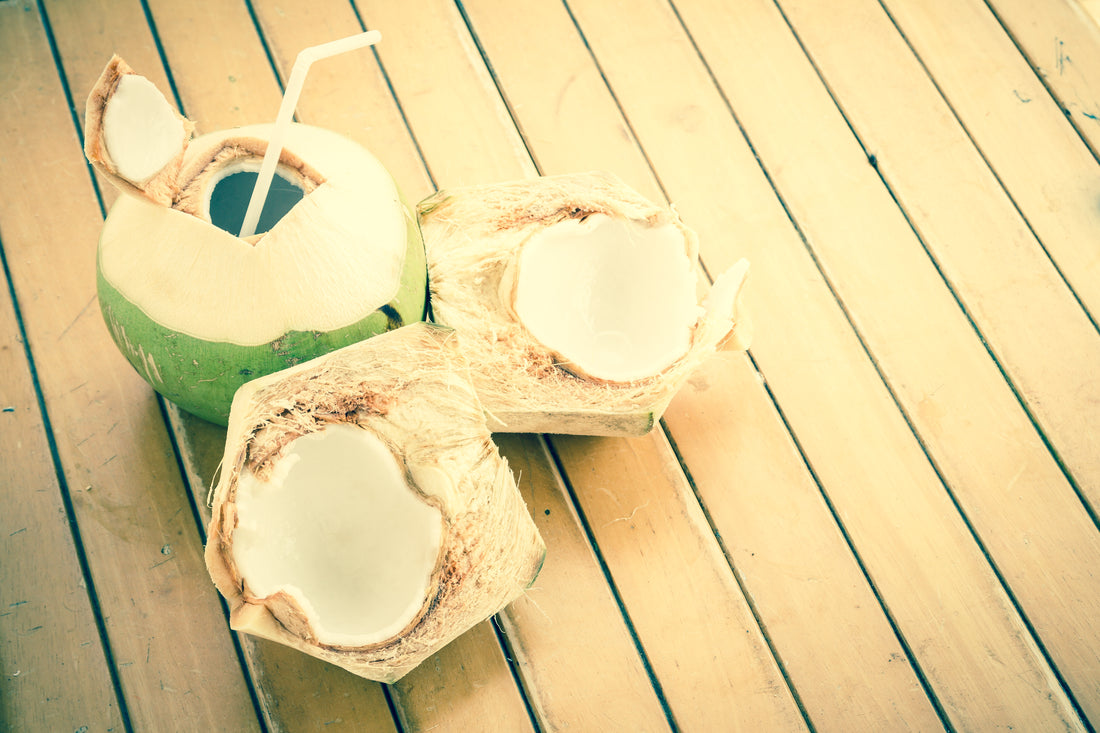
HOW THE COCONUT GOT ITS NAME?
Share
It finally became known as the coconut in the early 16th Century when Vasco de Gama brought the nut back from his voyage to the Indian Ocean. In Portuguese, ‘coco’ means ‘grinning face’ or ‘monkey face’ – (derived from the Portuguese for monkey – ‘macaco’) because that’s what the three dark circles on the shell resembled. Hence the Latin name for the palm: Cocos Nucifera (‘nucifera’ means nut-bearing).
Distributed widely by the Portuguese, the coconut was soon established in the Americas too. Coconut palms thrive in a humid atmosphere, a temperature of 27-30°C, a free-draining well-aerated soil and a supply of fresh groundwater. These conditions are common by the seashore which is why palm trees are now part of the iconography of the perfect beach holiday.
If there was ever any doubt about nature’s ingenuity, one look at the coconut would convince even the greatest cynic. This section of the site follows the coconut life cycle – a great way to explore the complex evolutionary engineering which makes the coconut unique.
A selection of the finest coconut cocktails recipes made with a very special ingredient. Fancy yourself as a mixologist? Here are some of our favourite exotic cocktails made with a very special ingredient. (You can order some in the Cocofina Store.)
By the way, we’d love to hear your favourite recipes. So if you have a killer cocktail that uses coconut water or other coconut product, let us know. You can send us a Message In A Bottle with the details and if it hits the spot, we’ll add it to this page.

